Saving energy at home not only helps the environment, but it can also significantly reduce your monthly utility bills. Simple changes, like adjusting your thermostat or switching to LED bulbs, can make a big difference. Many energy-saving strategies are easy to implement and don’t require major investments. By making smarter choices, you can conserve energy without sacrificing comfort. Let’s explore 20 practical ways to cut your home energy costs and boost efficiency.
Switch to LED Lighting
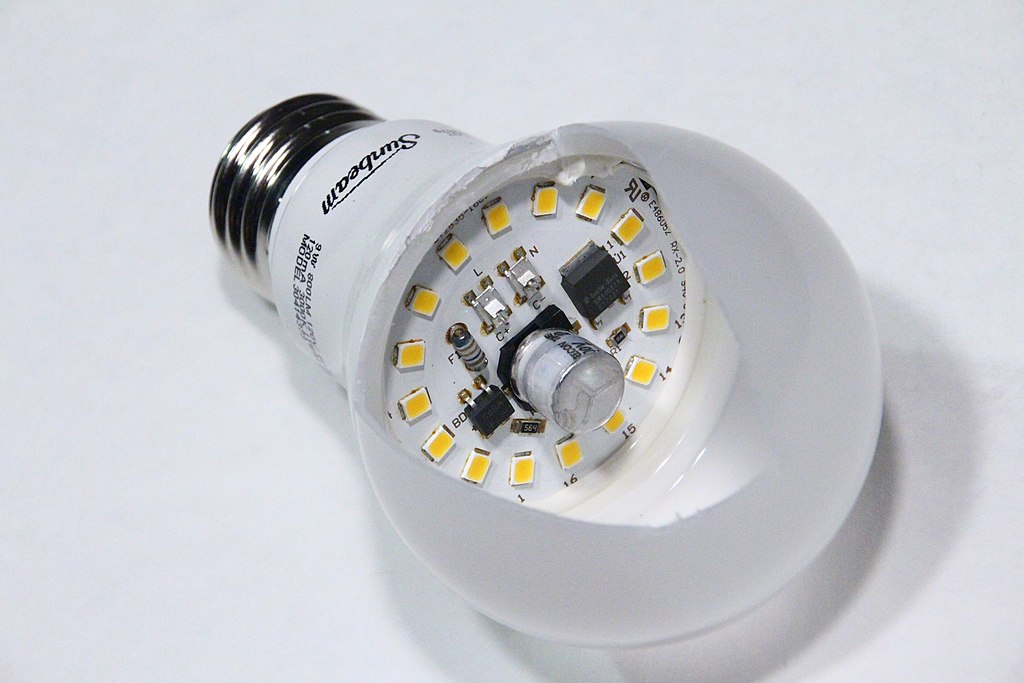
Switching to LED bulbs is a simple yet effective energy-saving move. They use up to 75% less energy and last 25 times longer than traditional incandescent bulbs. LEDs are available in various brightness levels and colors, so you won’t lose any ambiance. Once you’ve made the switch, maintenance is minimal as the bulbs can last several years. On average, you can save around 10-15% on your lighting costs.
Install a Programmable Thermostat
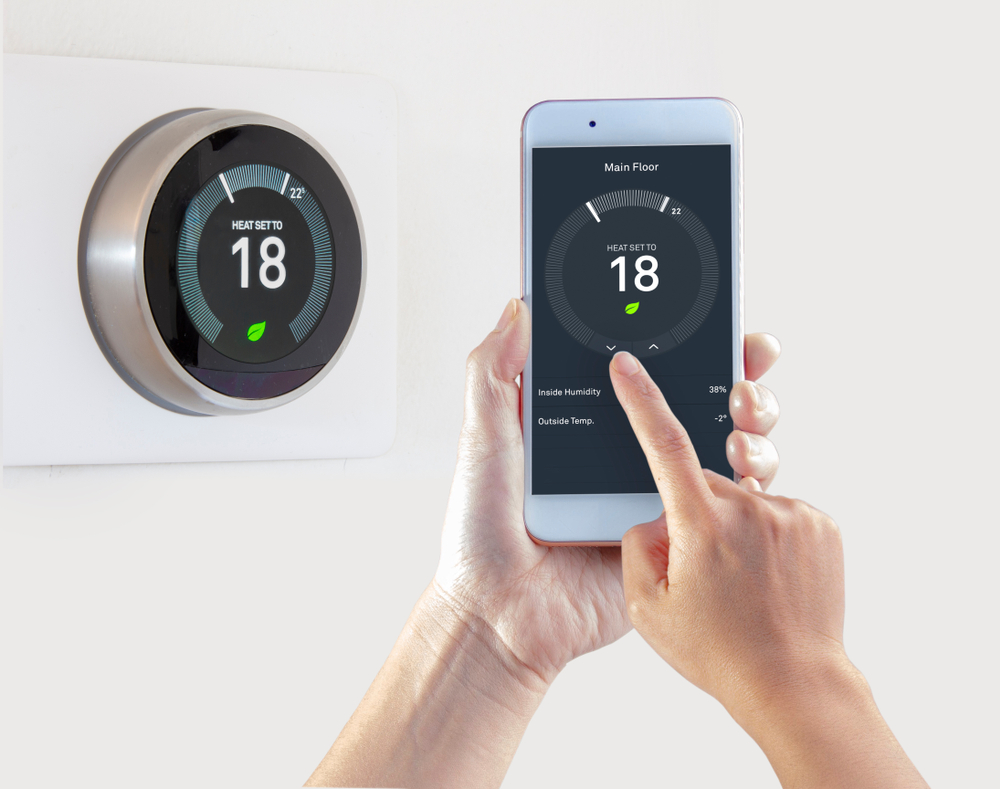
A programmable thermostat allows you to set your heating and cooling systems to adjust automatically based on your schedule. This prevents unnecessary heating or cooling when no one is home. It’s easy to maintain, as most models are user-friendly, and many can be controlled via smartphone apps. By optimizing your temperature settings, you could save up to 10% annually on heating and cooling costs. Just be sure to update the schedule when your routine changes.
Seal Air Leaks
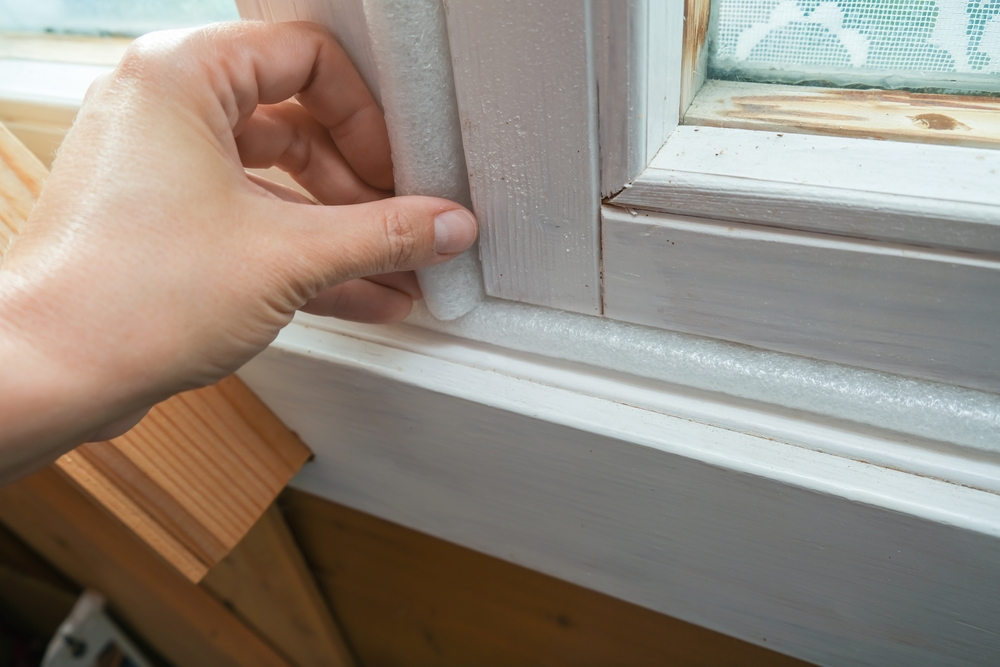
Air leaks around doors, windows, and other openings can waste a lot of energy. Sealing these gaps with weatherstripping, caulk, or foam insulation is an affordable way to reduce drafts and improve comfort. To maintain the seals, check for wear and tear at least once a year, especially before winter. Properly sealed homes can save up to 20% on heating and cooling bills. It’s a one-time effort with long-lasting benefits.
Use Energy-Efficient Appliances
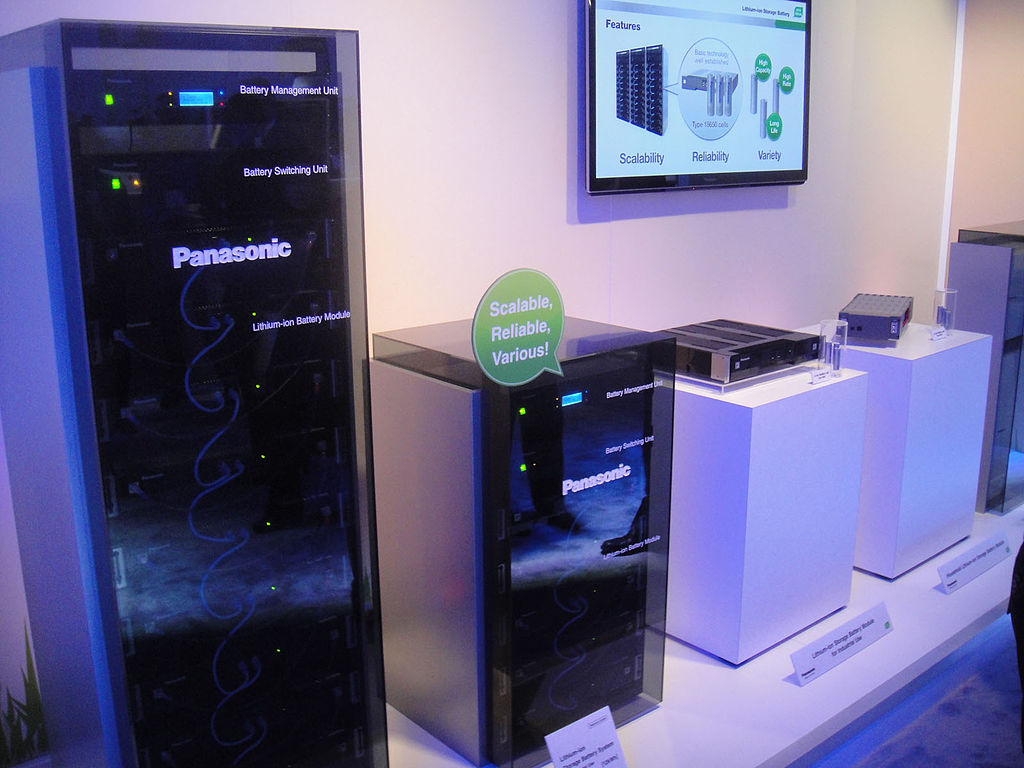
Energy Star-rated appliances are designed to use less energy while providing the same performance as their traditional counterparts. Whether it’s your refrigerator, washing machine, or dishwasher, upgrading to energy-efficient models can reduce your appliance energy use by 10-50%. Regular maintenance, like cleaning filters and ensuring proper ventilation, keeps these appliances running efficiently. The upfront cost might be higher, but the energy savings make up for it over time.
Unplug Electronics When Not in Use
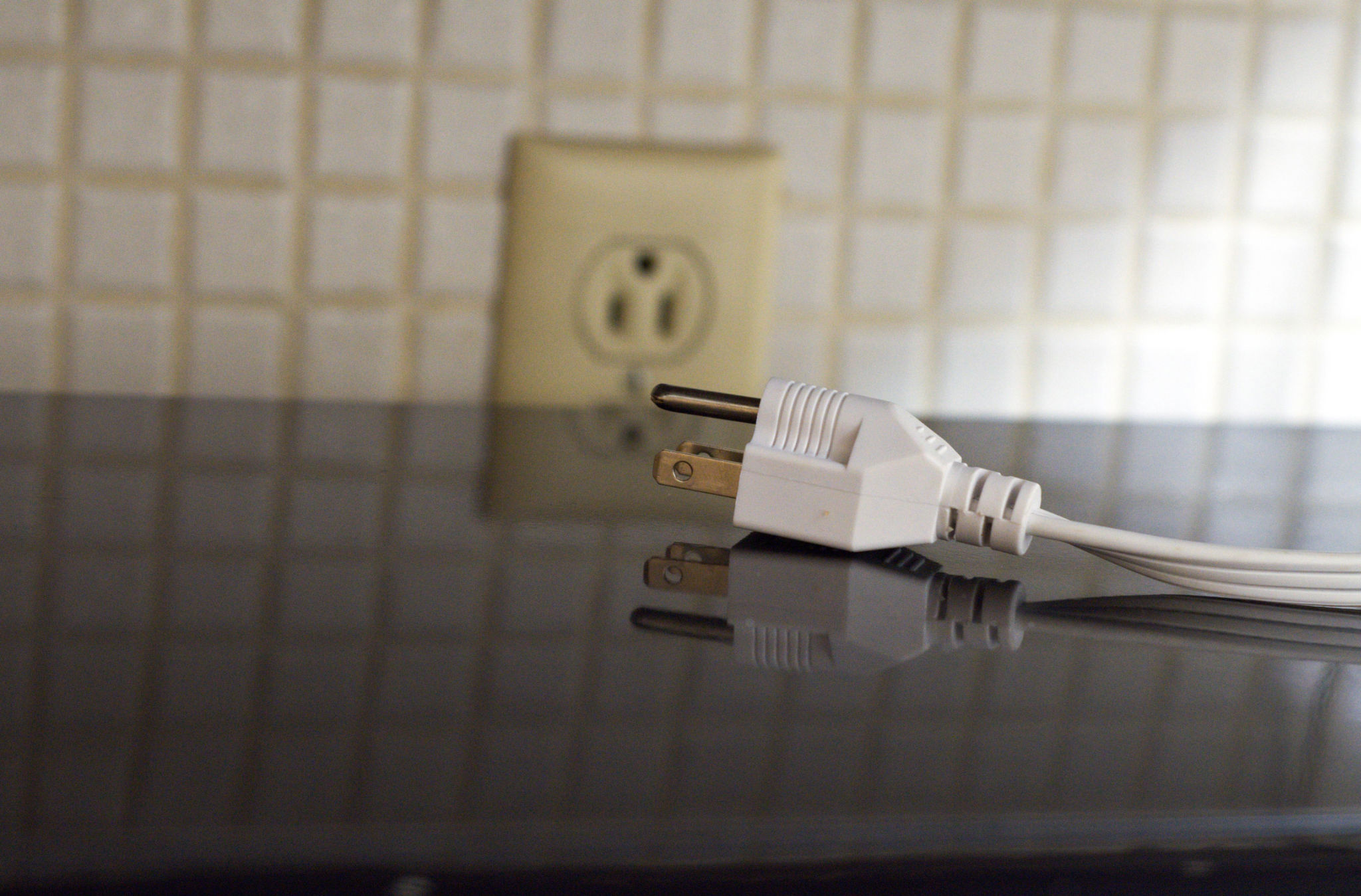
Many electronics continue to draw power even when turned off, a phenomenon known as “phantom load.” Unplugging devices like chargers, TVs, and computers when they’re not in use can stop this energy drain. Alternatively, use power strips to easily switch off multiple items at once. This simple habit can reduce your overall electricity use by up to 5-10%. It’s an easy change that only requires a bit of mindfulness.
Upgrade to Double-Pane Windows
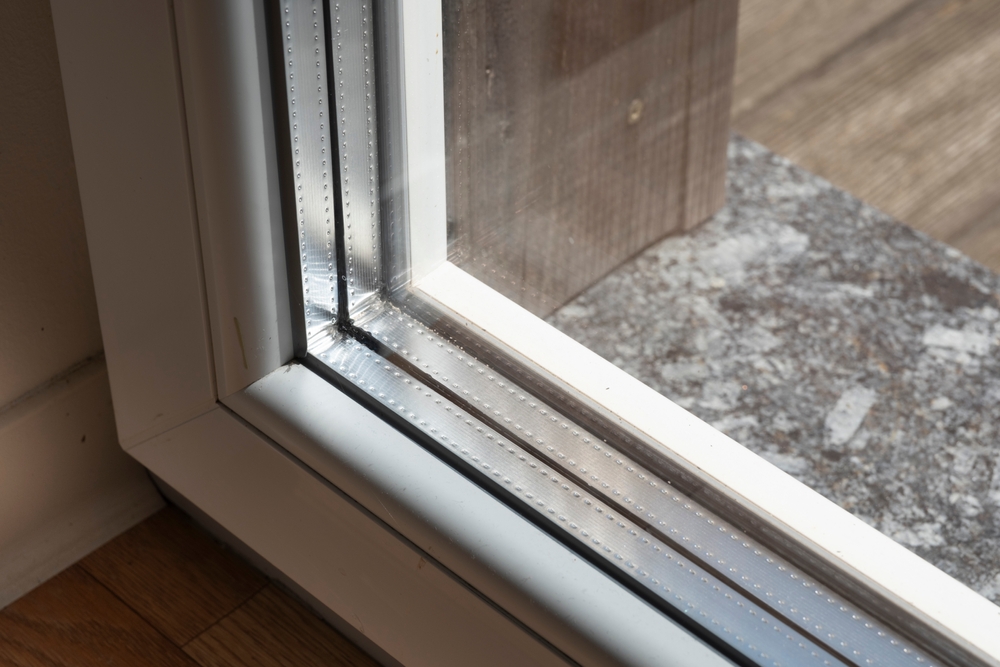
Double-pane windows have a layer of air or gas between two panes of glass, which helps insulate your home. This upgrade can cut down heat loss in the winter and reduce heat gain in the summer. To maintain them, ensure the seals remain intact and clean the windows regularly. Double-pane windows can reduce energy usage by 10-30%, depending on your climate. It’s a long-term investment that pays off in energy savings and comfort.
Install Ceiling Fans
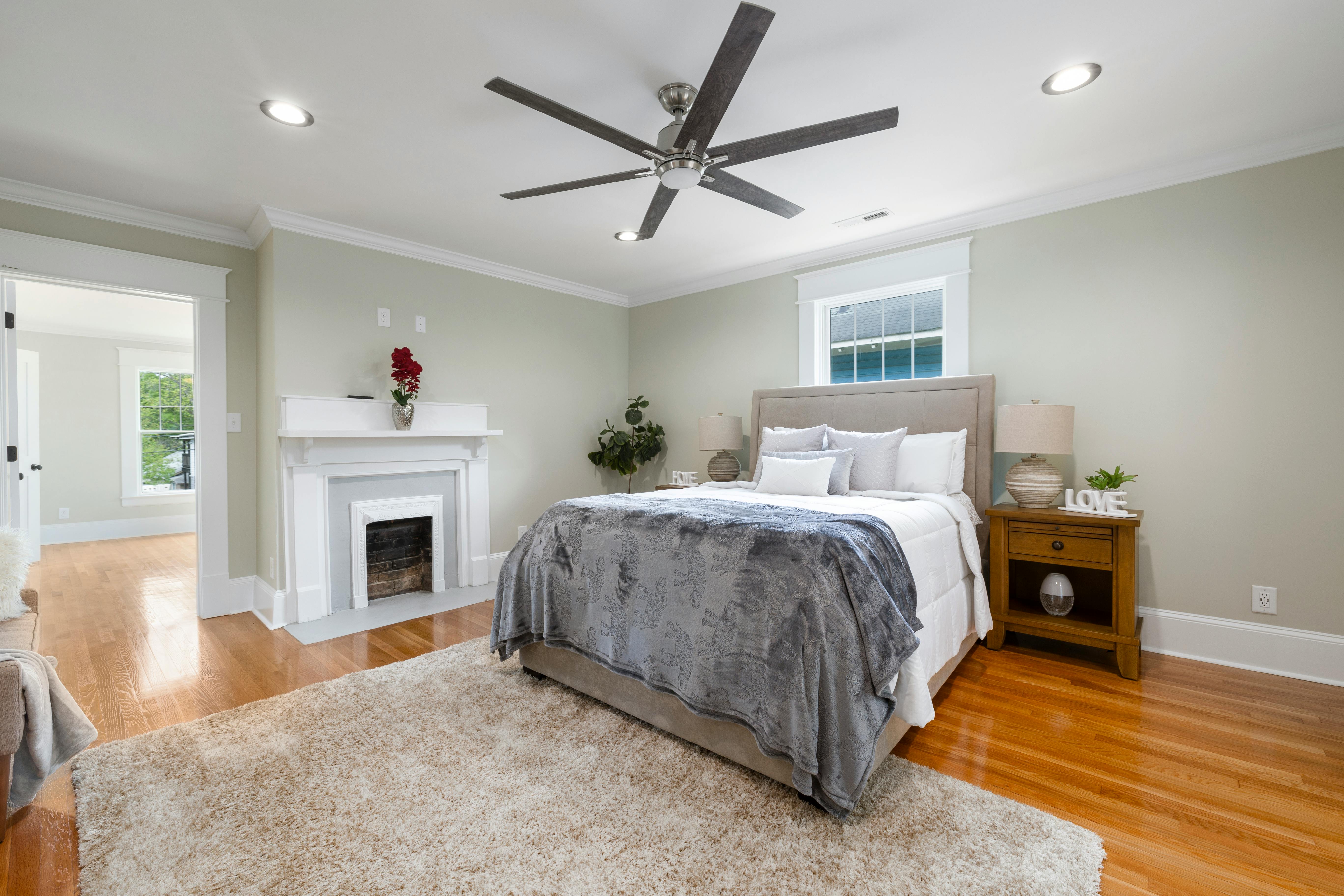
Ceiling fans help circulate air, making rooms feel cooler in the summer and warmer in the winter when used in reverse. They allow you to rely less on heating and air conditioning by creating better airflow. Make sure to clean the blades and adjust the rotation direction with the seasons. Using ceiling fans can cut your cooling costs by up to 10% in the summer. They’re a cost-effective way to increase comfort without overworking your HVAC system.
Use Smart Power Strips
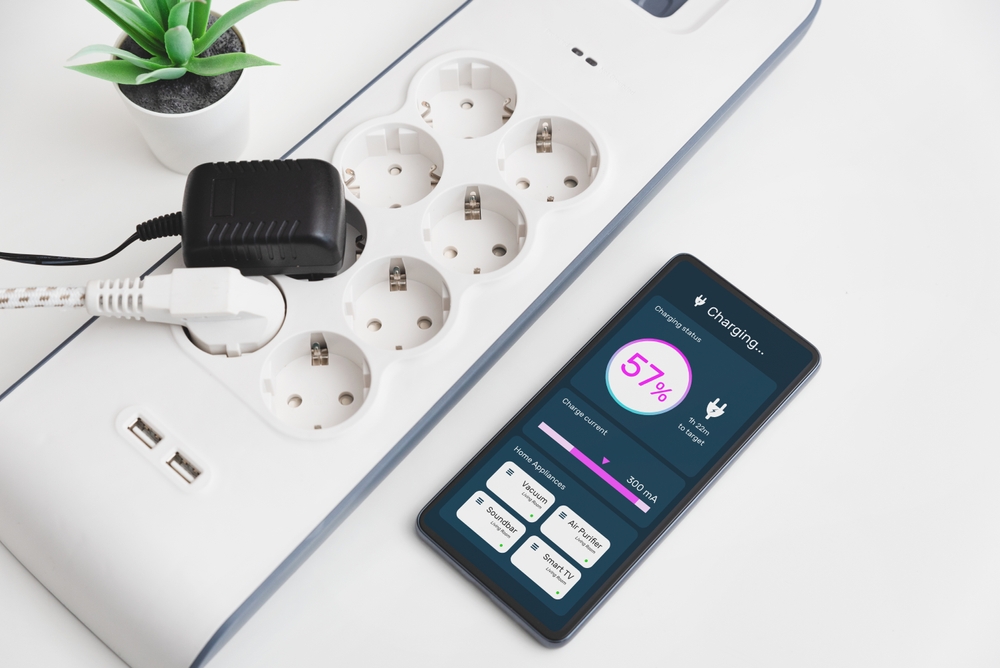
Smart power strips automatically shut off power to devices when they’re not in use, preventing phantom energy loss. They’re especially useful for home offices or entertainment centers where multiple devices are connected. Maintenance is easy—just ensure that the devices plugged in are appropriately grouped based on their usage patterns. On average, smart power strips can reduce standby power consumption by 5-10%. It’s a set-it-and-forget-it kind of upgrade.
Install Solar Panels
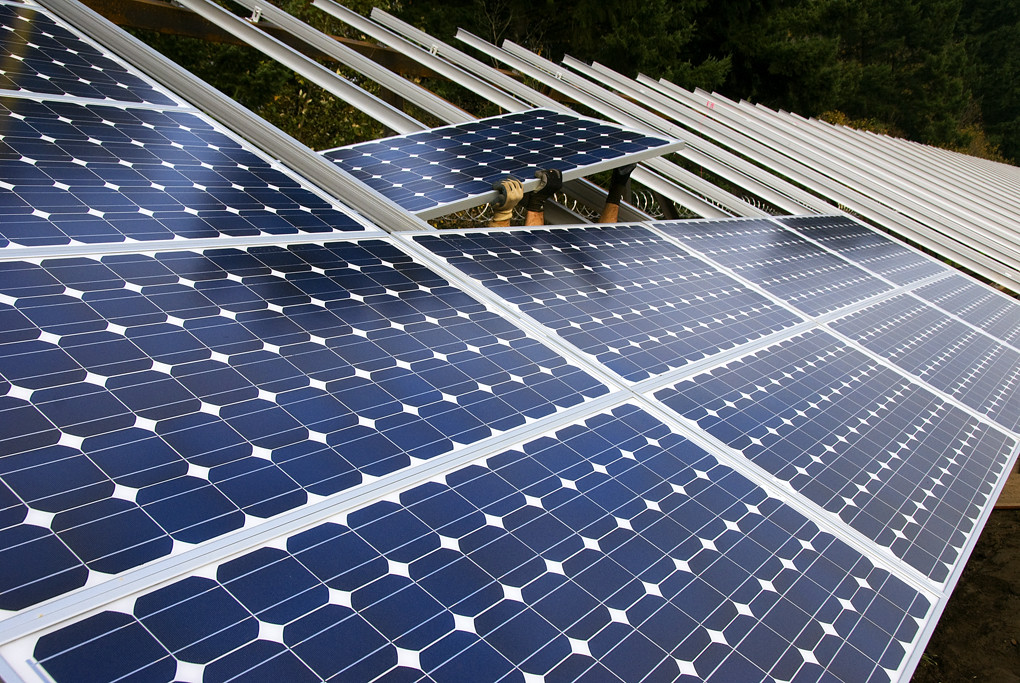
Solar panels convert sunlight into electricity, providing a renewable source of energy for your home. While the initial cost is significant, many areas offer rebates or incentives to help reduce installation expenses. Once installed, maintenance is minimal, typically involving a yearly cleaning. Depending on your location, solar panels can reduce your energy costs by 50-100%. Over time, the savings from reduced electricity bills can pay for the system.
Improve Attic Insulation
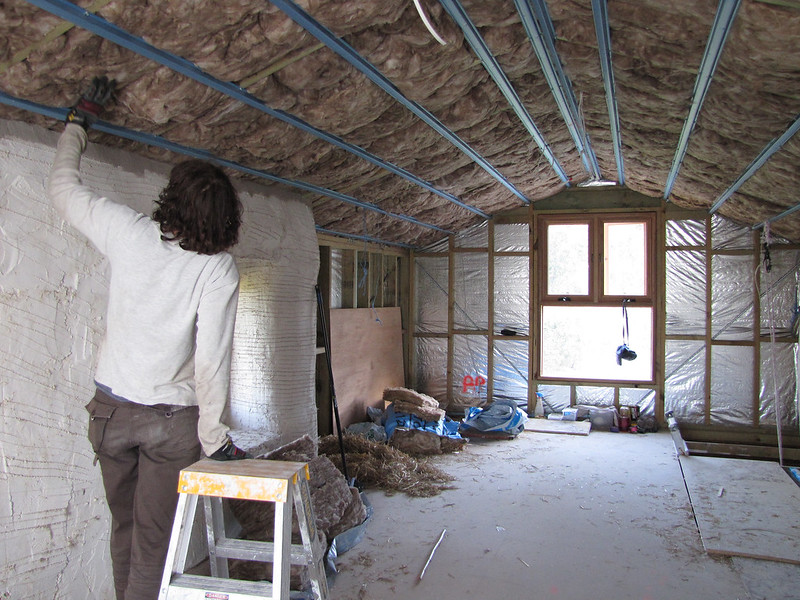
A well-insulated attic prevents heat from escaping in the winter and keeps your home cooler in the summer. Upgrading insulation can significantly reduce your heating and cooling demands. Inspect the attic yearly for signs of wear, such as damp spots or settling insulation, and top it off when needed. Proper insulation can cut your energy usage by 10-15%. It’s a one-time project that brings ongoing energy savings.
Lower Your Water Heater Temperature
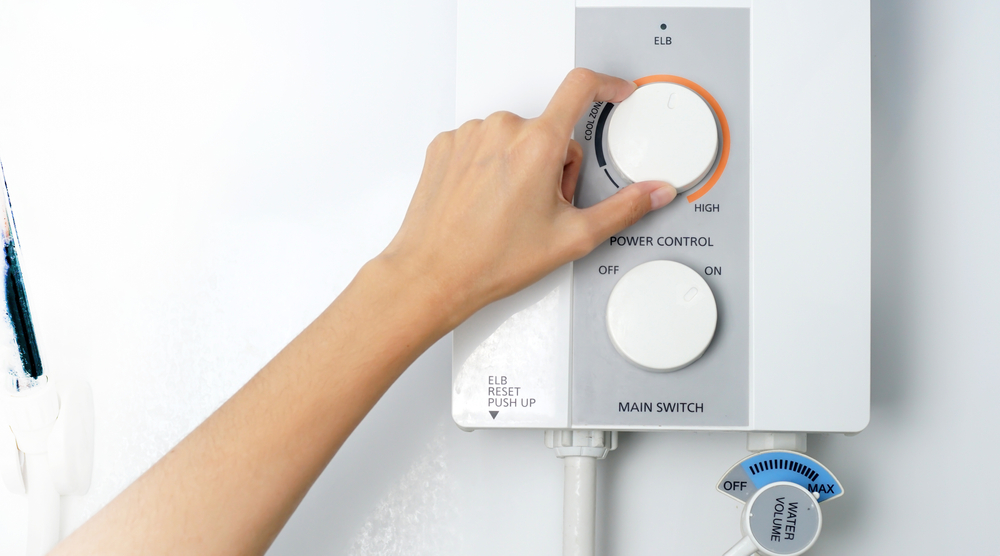
Most water heaters are set to 140°F by default, but lowering the temperature to 120°F is usually sufficient for household use. This small change reduces the energy needed to heat your water. To maintain efficiency, flush the tank annually to remove sediment build-up. Lowering the temperature can save up to 5-10% on water heating costs. It’s a quick adjustment with immediate results.
Use Cold Water for Laundry

Washing clothes in cold water can save a significant amount of energy, as heating water accounts for a large portion of laundry-related energy use. Cold water detergents are specifically designed to work just as effectively without heat. This habit is easy to maintain—just set your machine to the cold setting for every load. On average, washing in cold water saves about 90% of the energy used for laundry. Plus, it’s gentler on fabrics.
Install Low-Flow Showerheads

Low-flow showerheads reduce water consumption without sacrificing pressure, meaning you use less hot water. They’re inexpensive and easy to install on your own. To maintain efficiency, clean the showerhead occasionally to prevent mineral buildup. This upgrade can reduce water heating costs by 10-15%. Not only do you save on energy, but you also conserve water.
Close Curtains and Blinds at Night
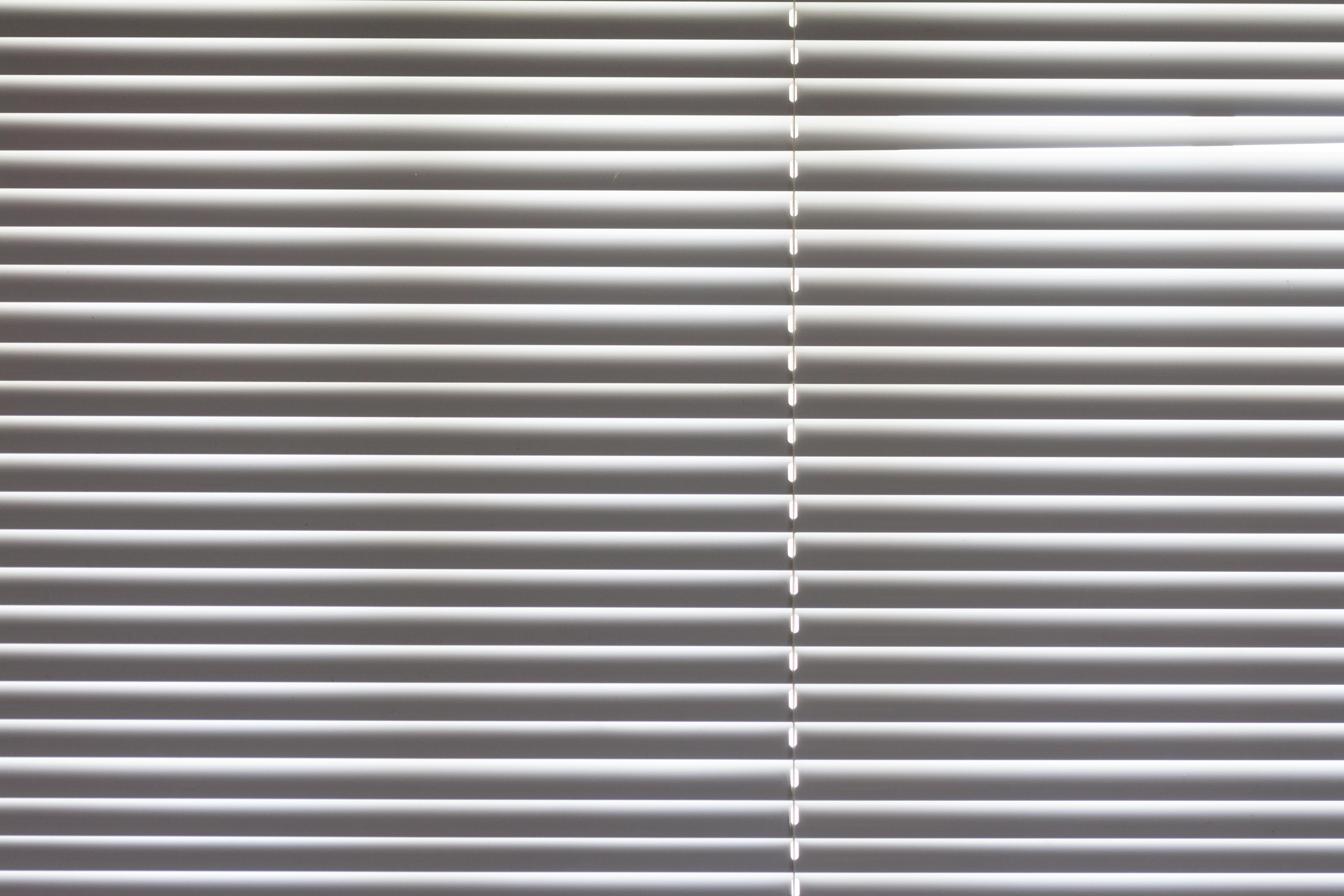
Closing your curtains and blinds at night helps insulate your home by preventing heat loss through windows. During the day, open them to let sunlight naturally warm your space. To maximize this strategy, use thick, insulated curtains. This habit can help reduce heating costs by around 5-10%. It’s a simple, no-cost change that adds up over time.
Use a Tankless Water Heater
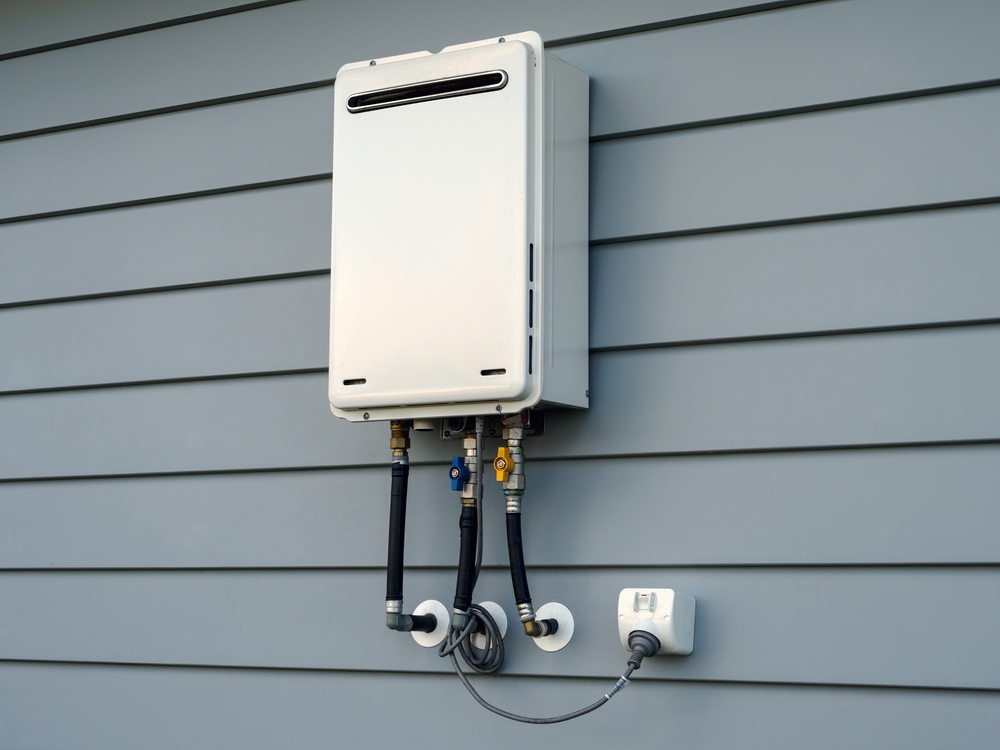
Tankless water heaters heat water only when you need it, instead of maintaining a tank full of hot water. This makes them more energy-efficient, especially for smaller households. Regular maintenance, such as descaling, ensures optimal performance. Switching to a tankless water heater can save 10-20% on water heating costs. It’s an efficient, space-saving upgrade.
Install Weatherstripping Around Doors
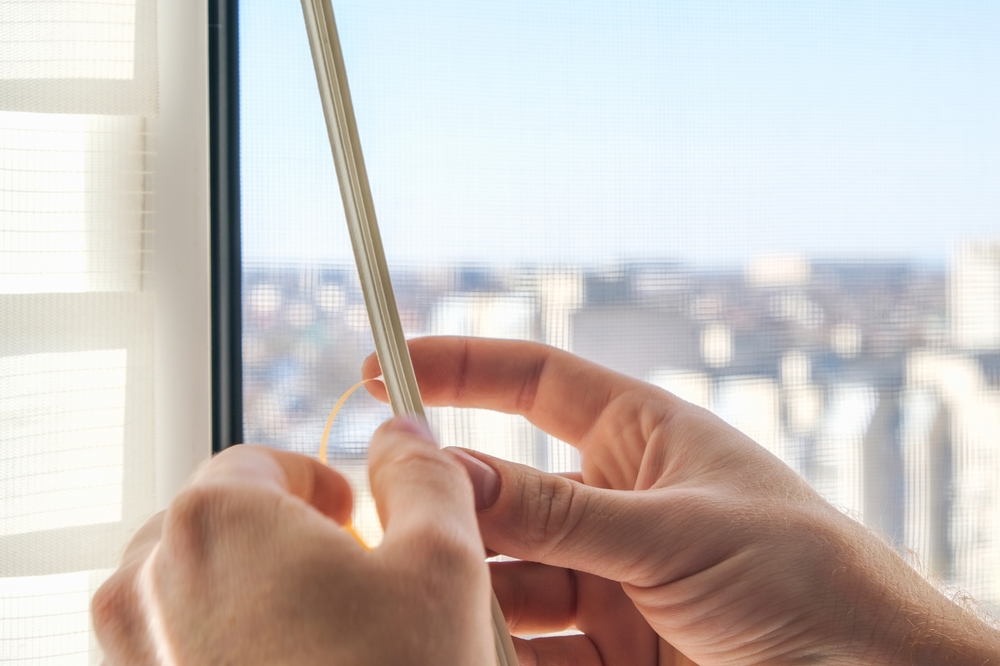
Weatherstripping around doors prevents drafts and air leaks, improving your home’s energy efficiency. It’s an affordable DIY project that can be done in a few hours. Inspect the seals regularly and replace them when they show signs of wear. This can reduce heating and cooling costs by 5-10%. It’s a small fix that keeps your home more comfortable year-round.
Switch to Energy-Efficient HVAC Systems
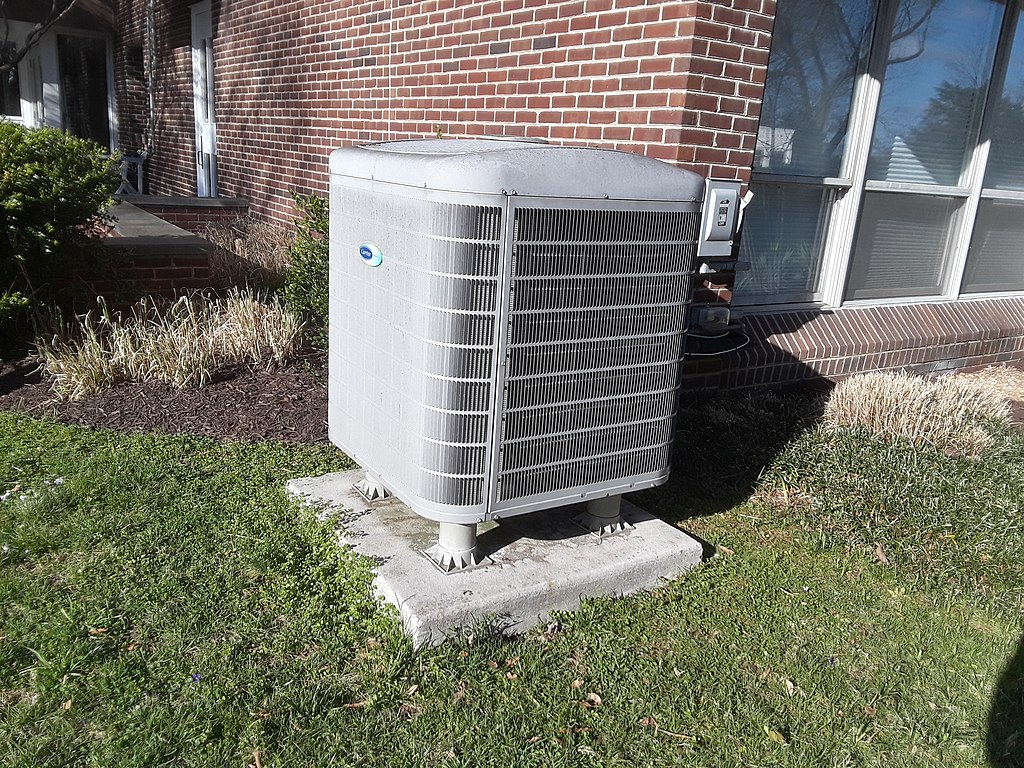
Modern HVAC systems are designed to use less energy while providing consistent comfort. Upgrading your system may have a higher upfront cost, but it offers significant energy savings over time. Schedule regular maintenance, like changing filters and checking for leaks, to keep the system running efficiently. An energy-efficient HVAC system can cut your heating and cooling costs by 20-40%. It’s a smart long-term investment for both comfort and savings.
Use Energy-Efficient Landscaping

Planting trees or shrubs around your home can create natural shade, reducing the need for air conditioning in the summer. Deciduous trees are ideal because they provide shade in the summer but let sunlight through in the winter. Keep the plants healthy by watering and trimming them as needed. Well-placed landscaping can reduce cooling costs by up to 25%. It’s a green solution that enhances both energy efficiency and curb appeal.
Clean HVAC Filters Regularly
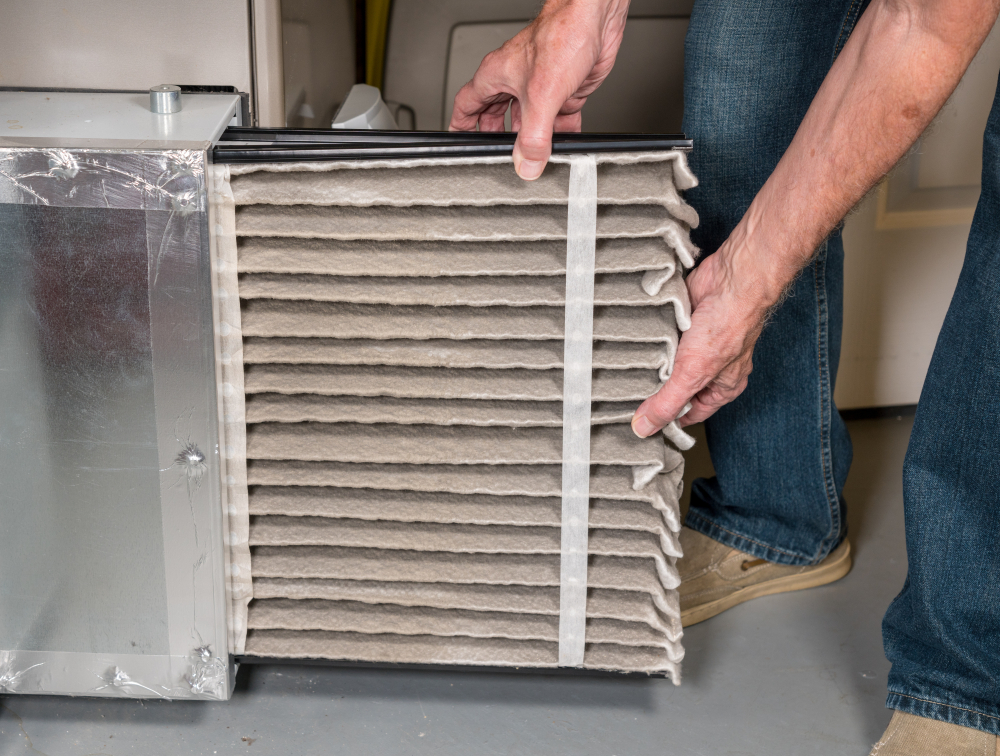
Dirty filters force your HVAC system to work harder, using more energy. Cleaning or replacing filters every one to three months keeps the system running efficiently. It’s a simple maintenance task that only takes a few minutes. Regularly changing filters can improve efficiency by 5-15%. It’s a low-cost way to ensure your system isn’t overworking itself.
Use Energy-Efficient Cooking Habits

Simple changes in how you cook can save energy, such as using the microwave instead of the oven or cooking with lids on pots to retain heat. When using the oven, try to cook multiple dishes at once. Keep appliances like the oven and stovetop clean to maintain efficiency. These small adjustments can save around 5-10% on cooking-related energy use. It’s all about maximizing what you already have for better results.
This article originally appeared on UnifyCosmos.
More from UnifyCosmos
19 At-Home Workout Routines That Require No Equipment

Staying fit doesn’t require fancy gym equipment. With just a bit of space, you can perform effective workouts at home. Read More
20 Money-Saving Hacks for Your Grocery Shopping
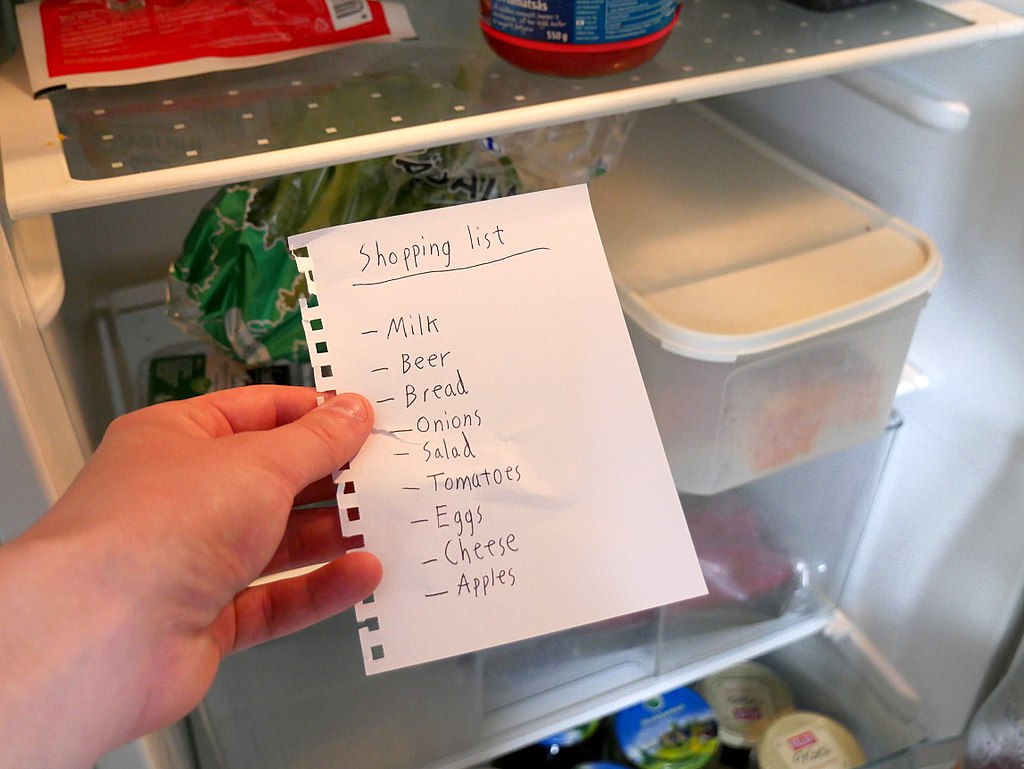
Saving money on groceries can be easier than you think. With a few smart strategies, you can reduce your monthly food bill without sacrificing quality. Read More
16 Iconic Fashion Silhouettes Making Waves Again

Fashion has a way of cycling through trends, bringing back styles that once defined entire eras. Today, some of the most iconic fashion silhouettes are making a comeback, blending nostalgia with contemporary flair. Read More
Leave a Reply